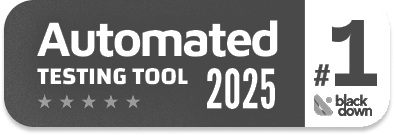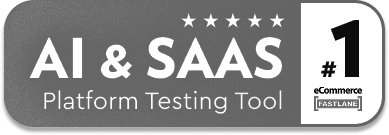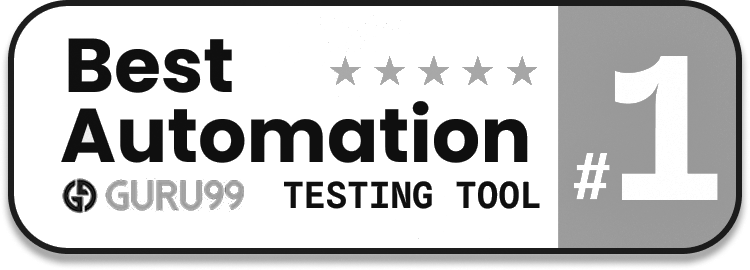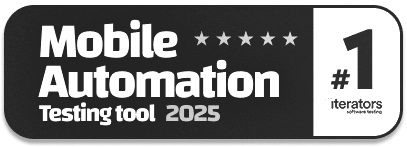Generative AI-Based Testing Certification
Generative AI-Based Testing Certification
QA Processes Overview
There have been some changes over the years, but the core QA processes remain the same. Let’s look into the key ones:
- Requirement Analysis: Before testing begins, it’s essential to understand what the software is intended to do. This involves reviewing software requirements, user stories, or specifications. The type of testing required is determined based on the nature of the product and the changes introduced.
- Test Planning: Once the requirements are understood, a test plan is drafted. This document defines the scope, approach, resources, and timeline of the testing activities, serving as a clear roadmap for the process.
- Test Design: Using the requirements and test plan as references, test cases, test scripts, and test data are designed. This stage determines what to test and the methods to use.
- Environment Setup: Before execution, a controlled environment that mirrors real-world conditions is established. A stable test environment is crucial for ensuring consistent test results.
- Test Execution: The next step is to run the test cases against a given environment. Any defects or issues found are then reported for the development team to address.
- Defect Logging: If a test case doesn’t pass, a bug/defect is logged with all relevant details: steps to reproduce, expected results, actual outcomes, and any supporting evidence like screenshots.
- Defect Triage: Regular meetings between the QA and development teams help prioritize defects. Critical issues are addressed first, streamlining resource allocation.
- Regression Testing: Once defects are rectified or new features are ready to be tested, the application is re-tested to ensure that new code has not negatively affected existing functionality.
- Performance Testing: It’s not just about testing if the software works but also how it behaves under varying conditions, such as load or stress, which refers to the number of users simultaneously working with an application. This process assesses the system’s responsiveness and stability.
- User Acceptance Testing (UAT): Before the software is released, a group of end-users test the product in real-world scenarios. Their feedback guarantees that the software aligns with user needs and expectations.
- Release and Deployment: When confidence in the product’s quality is established, it’s handed over to the deployment teams. These teams make the new version of the application available to all end users.
- Test Closure: Once the testing phase is finished, the outcomes, lessons learned, and recommendations for upcoming projects are documented.
- Continuous Feedback and Improvement: The field of QA is continuously evolving. Feedback is continuously gathered, and processes are refined from these experiences to ensure superior outcomes in subsequent projects.
Remember: QA isn’t merely about identifying defects. It’s about guaranteeing a top-quality product for end-users.











